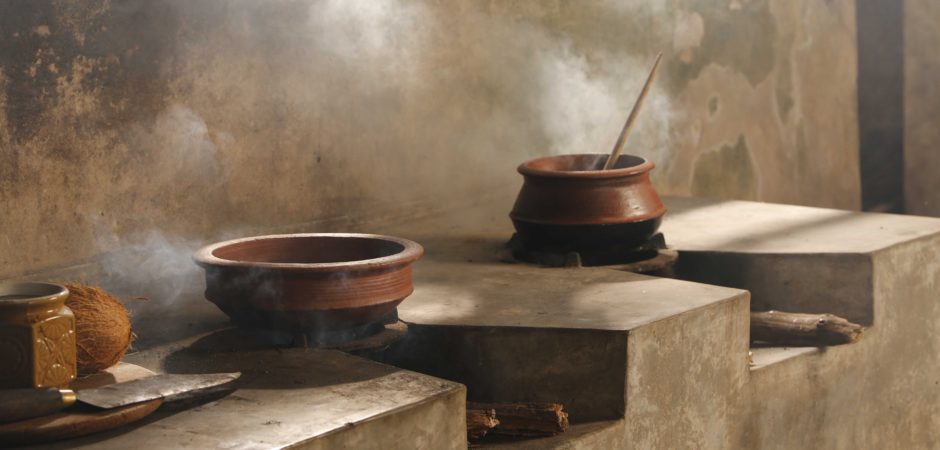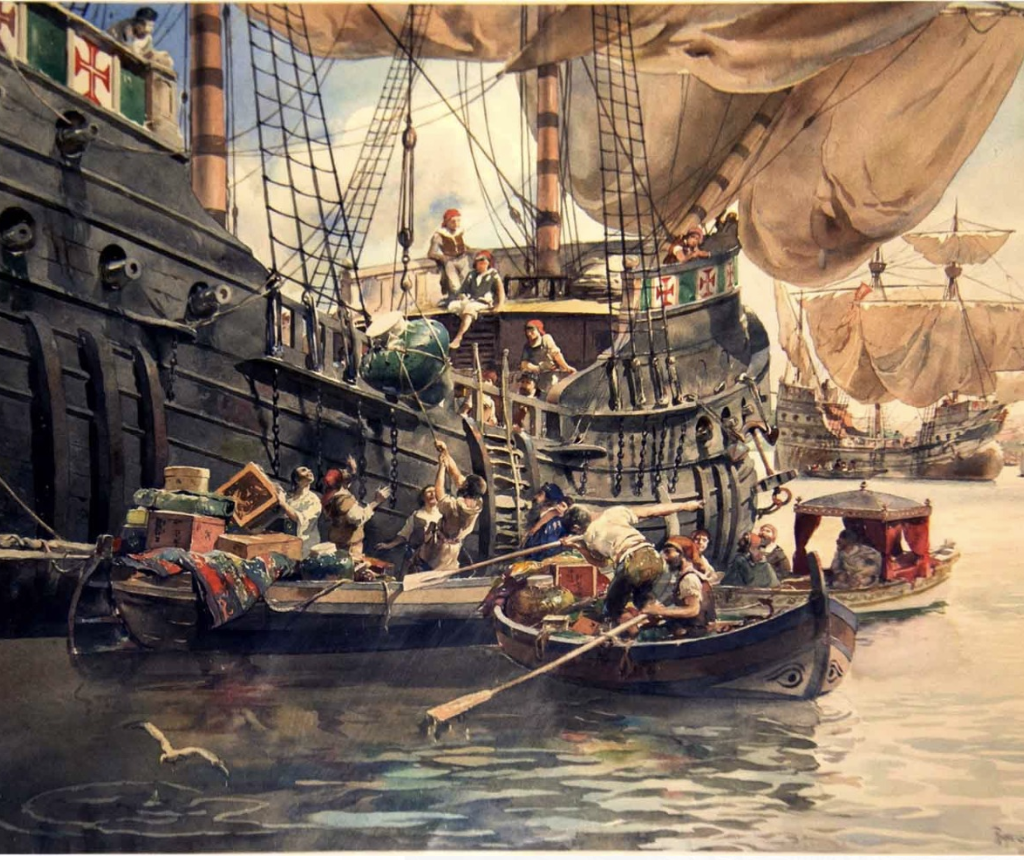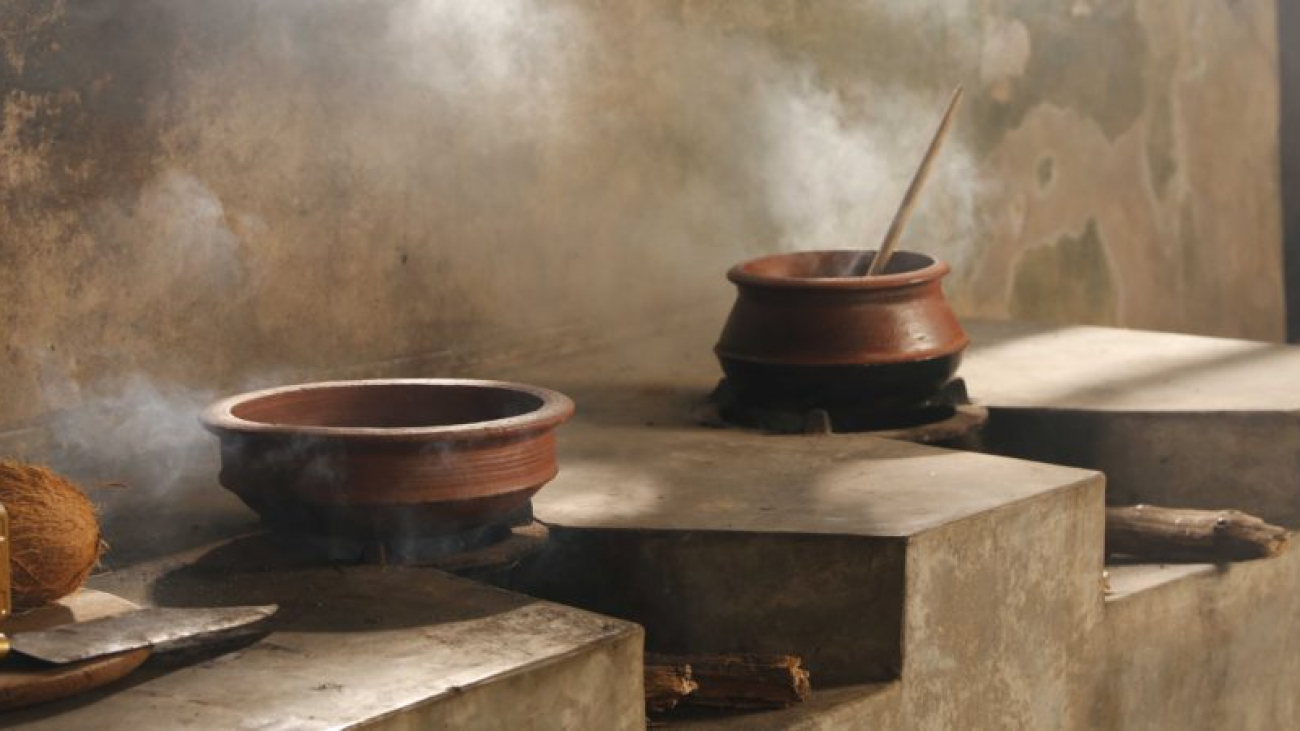
The hand-carved, traditional, versatile kitchen utensils made up of soft soapstone are used and treasured since the rise of civilization in India, especially in the southern states: Andhra Pradesh, Telangana, Tamil Nadu, Karnataka, and Kerala. They are called as rathi chippa and kal chatti and employed for cooking, serving, and storing food for many generations (Kora, 2020). In today’s ‘developed’ society, the health-conscious people are shifting toward stone vessels by keeping aside the aluminum, stainless steel (SS), non-stick, and plastic cookware. The aluminum (Al) vessels are available at a cheaper price and SS cookware is easy to clean. In the case of nonstick ware, dishes can be made without food sticking into the vessel by utilizing no or minimum oil. The plastic wares are widely used for storing and heating the food in a microwave oven. However, the utility of the modern cookware is also combined with various detrimental effects on our health. At kitch.in, we believe in sustainable growth in every aspect of human life, therefore we are invested in informing people about the sustainable usage of natural resources by tracing back to the techniques used by our ancestors to improve the environmental conditions for our future generations.
Kerala is an example of a tradition that has been influenced over the years, a coastal state in the Southern part of India, and due to its close proximity to the Arabian sea, there have been numerous foreign influences that have crept into the cuisine of this small state, and understandably there were various methods that were adopted from those influences by the people to cook such varieties of cuisines. As mentioned by Tanya Abraham in her book ‘Eating with History’, “In the heart of Kerala, lies the love of its people for food. As cultures and traditions thrived in the state, food found a prominent position in people’s lives. Influenced greatly by traditions, religious beliefs and trade, it lead to the emergence of a variety of cuisines (Abraham, 2020). The same goes for the cookware used by our ancestors. Trade with South India, can be traced back to some of the most sophisticated civilizations in the middle ages like the Chinese, Romans and Arabs, but most famously it was the Portuguese that really understood the value of trading pepper, and thus settled in the ‘Malabar’.

We at kitch.in, have gone back to our roots, in the hopes of preserving the essence of our cuisine, but at the same time, we want to build our reach all over the world just like our ancestors did in the middle ages. We want the whole world to experience the beauty of natural cookware and in turn preserve the art of hand seasoning which is slowly becoming a ‘dying’ art just like the hand woven cotton that was produced in North India before the British Empire. Therefore, we urge our readers to try to take a ‘bite’ into history with our hand seasoned cookware.
Bibliography
Abraham, T., 2020. Eating With History. 1st ed. New Delhi: Niyogi Books, p.19
Kora, A., 2020. Traditional soapstone storage, serving, and cookware used in the Southern states of India and its culinary importance. Bulletin of the National Research Centre, 44(1).

 Cart is empty
Cart is empty 